Morels in Michigan: What to know as you hunt for mushrooms this spring
DETROIT (FOX 2) - Morel mushroom hunting season in Michigan is approaching!
May is Morel Month, as the mushrooms typically fruit from late May until mid-June. However, the mushrooms are often found in late April, especially if it has been warm and wet.
Where to find morels
Morels are often found in areas where there were fires larger than 10 acres in the last year, especially if the burned area had jack, white, or red pine. These areas must have had a forested covertypes; the mushrooms won't grow in grass.
This map shows areas where there have been large burns within the past few years. Though there are none in Metro Detroit, there are clusters in Southeast Michigan.
The map does not guarantee that morels will be found, but they are more likely to be in these areas due to the recent burns.
Identifying morels
It's important to know what you are looking for because Michigan has poisonous mushrooms that could be confused with morels.
According to the Department of Natural Resources, true morels are hollow, and their caps are pitted as if holes have been punched in them. False morels appear textured like true morels, but they do not have the pitting. Also, the cap connects to the stalk.
Edible true morels
White morel
Appearance: Light cream to gray to yellowish-brown. Hollow cap attached to the stalk
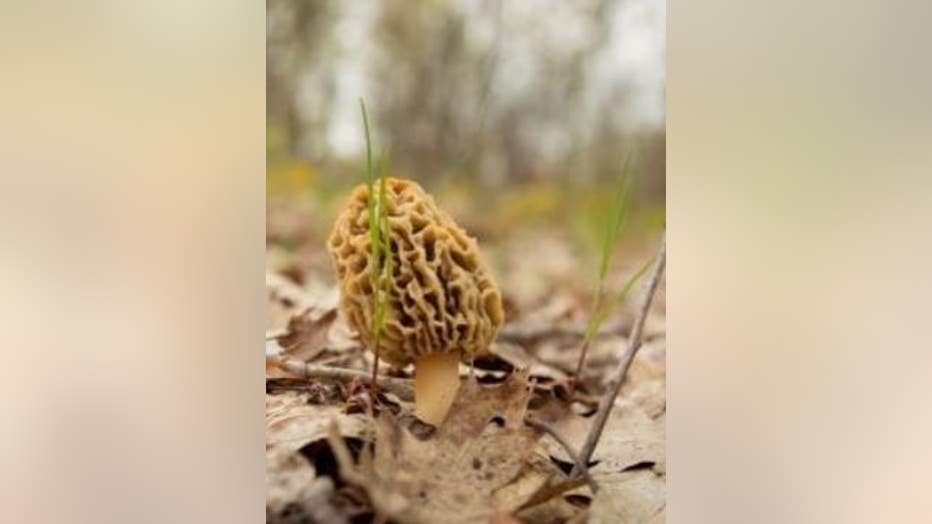
A white morel (Photo: Michigan DNR)
Black morel
Appearance: Gray to black. Hollow cap attached to the stalk at the lower edge
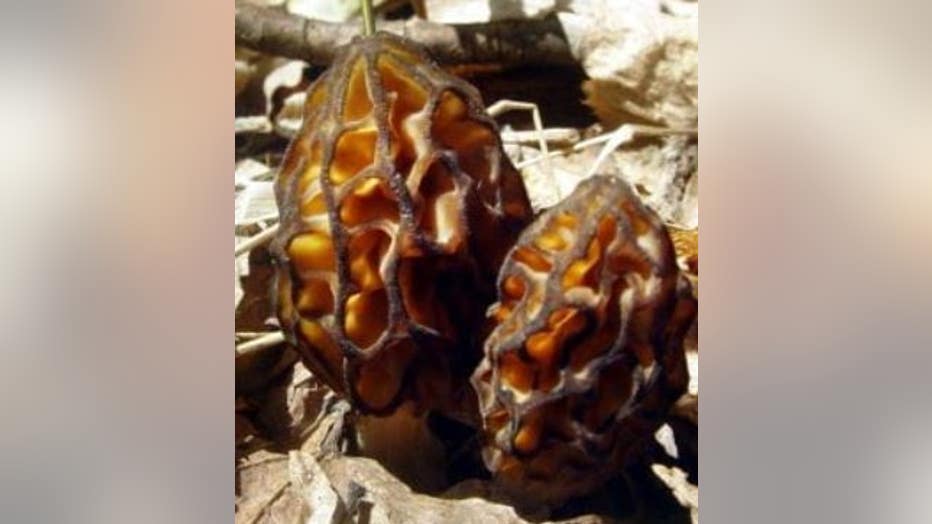
A black morel (Photo: Michigan DNR)
Half-free morel
Appearance: Light cream to gray to yellowish-brown. Cap is detached from the stalk about halfway down
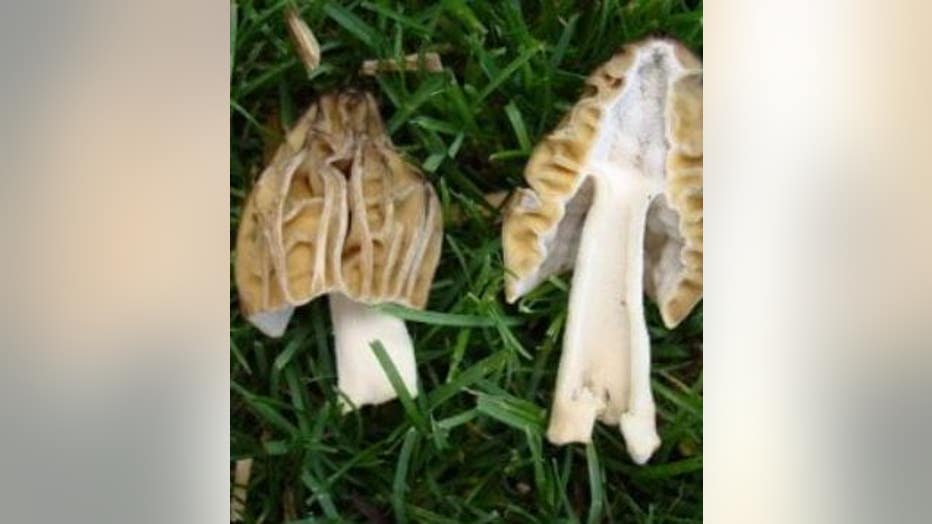
A half-free morel (Photo: Michigan DNR)
Burn-site morel
Appearance: Dark brown to black ridges. Cap nearly round
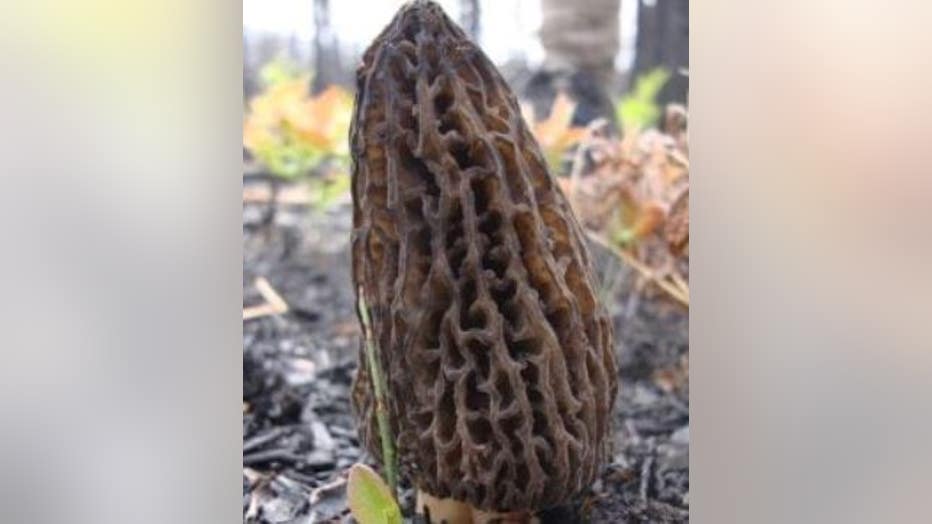
A burn site morel (Photo: Michigan DNR)
Non-edible false morels
Veroa bohemica
Appearance: Dark brown, free hanging caps
Veroa conica
Appearance: Smaller than bohemica with free hanging caps
Gyromitra esculenta
Appearance: Dark reddish. Solid stem, brain-like texture
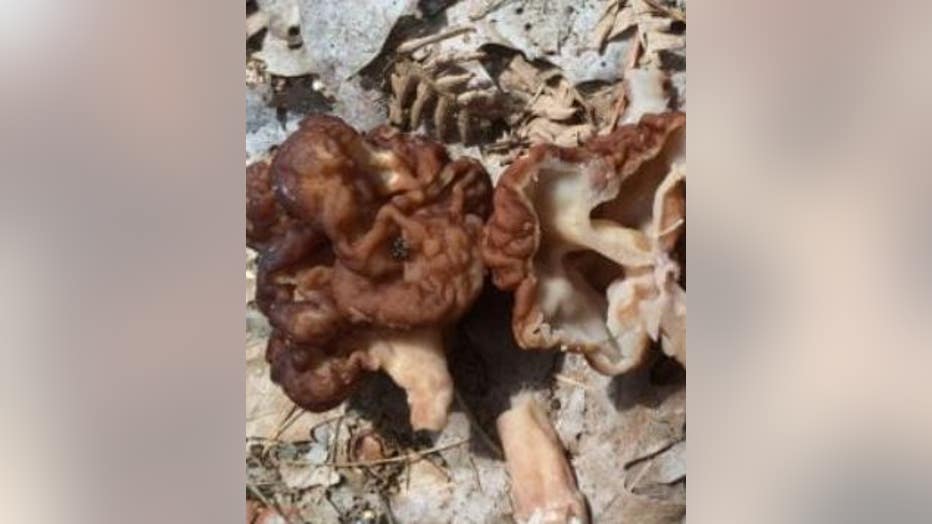
Gyromitra esculenta (Photo: Michigan DNR)

